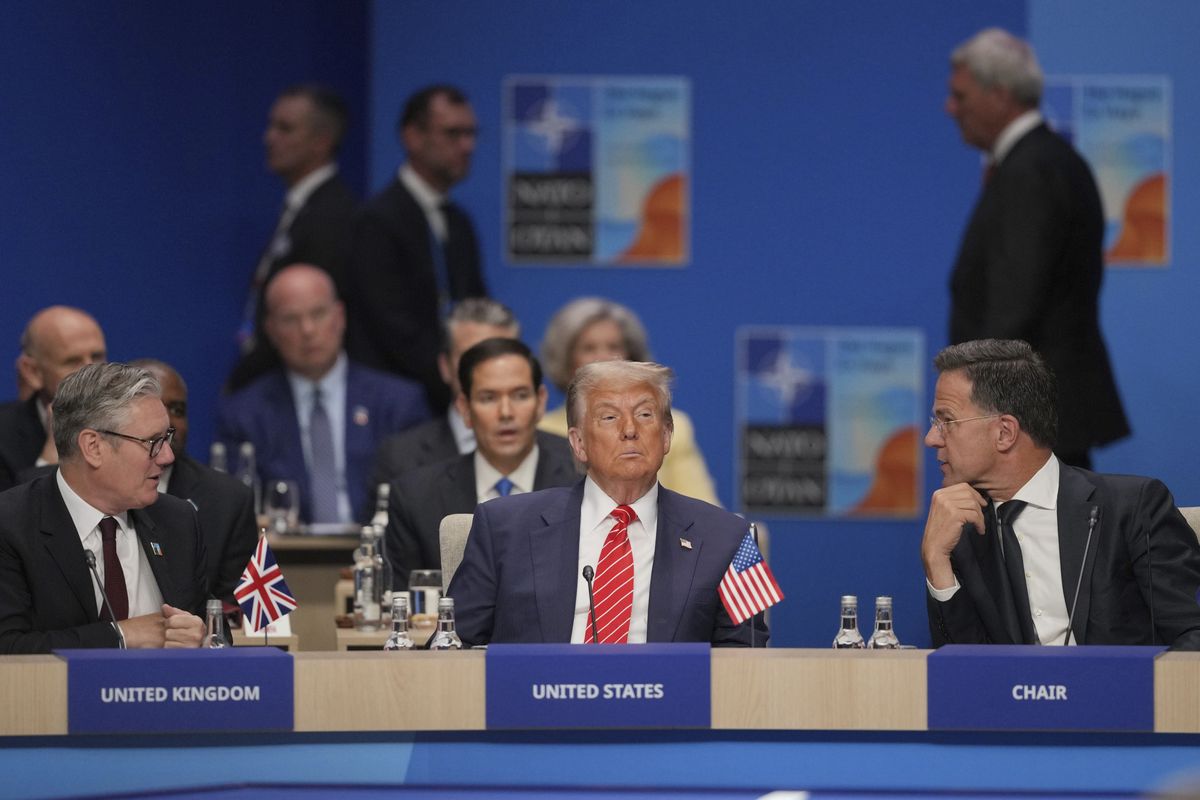The world is currently faced with 65 million forcibly displaced people – the most since World War II – of which nearly 41 million are internally displaced persons, 21 million are refugees, and 3 million are asylum seekers.
More than a million people crossed into Europe last year, and with all of the European Union’s efforts to mitigate and adapt to the mass migration of people, one continent alone cannot solve the problem.
At the United Nations Summit for Refugees and Migrants on Monday, 193 countries adopted the New York Declaration, committing themselves to a comprehensive approach to dealing with refugees and migrants.
The following day, at the Leaders’ Summit on Refugees hosted by the United States, President Barack Obama said the 50 nations and organizations participating in the summit increased contributions to humanitarian organizations and UN appeals this year by around $4.5 billion.
He also noted, “Collectively, our nations are roughly doubling the number of refugees that we admit to our countries to more than 360,000 this year.”
Some experts think the UN meetings were hot air. Robert McKenzie, a visiting fellow at the Brookings Institution, who is an expert on the Middle East and North Africa (MENA) and refugee issues, tells The Cipher Brief the refugee summit was a “missed opportunity.” He points out that countries basically agreed to take two more years to come up with a comprehensive plan on the issues.
Cipher Brief network member and Former Associate Deputy Director for Operations at the CIA Robert Richer takes a somewhat different stance. While acknowledging that UN agreements are not always binding or fruitful, he says that in this case, countries have the best intentions.
“The refugee crisis is such that there is great interest in all those participating, if not most of the countries in the world, to help these people,” comments Richer.
The migration numbers are staggering, especially in Europe.
The inflow of asylum seekers into Germany increased by more than 1,000 percent from 2004-2015, according to the UN’s Refugee Agency. And the inflow into Sweden increased by around 575 percent in that same time period.
“In 2015, there were 1.65 million new registered asylum seekers… a record high,” finds the Organisation for Economic Co-operation and Development (OECD) in its 2016 International Migration Outlook. Nearly 1.3 million of those asylum seekers – almost 79 percent – went to European OECD countries, states the report.
Europe has taken a number of concrete measures aimed at stemming the tide along the Eastern Mediterranean and Western Balkan routes, where a majority of migrants cross. The EU-Turkey deal has led to a decrease in illegal border-crossings this year, reports Frontex (the European Union’s external border management agency).
That agreement essentially “incentivizes legal crossings and decentivizes illegal crossings,” says Cipher Brief expert and Director of the Turkish Research Program at The Washington Institute, Soner Cagaptay.
In addition, the ‘closing’ of the Western Balkan route has “nearly stopped migration” through that passage, Frontex finds. And leaders of countries along the route have pledged to keep migration to a minimum, ahead of a migration summit in Vienna this Saturday.
The Central Mediterranean route, on the other hand, remains largely open. The level of migratory flows was “higher than during any other first quarter” since the Frontex Risk Analysis Network (FRAN) began collecting data in 2007.
Dalibor Rohac, a Cipher Brief expert and research fellow at the American Enterprise Institute (AEI), explains that people – mostly Africans, although some Syrians as well – leave Libya and arrive in Italy. Upon arrival, there is some secondary migration from Italy to the north, he says.
There are some efforts to mitigate the flow of migrants along the Central Mediterranean route. Most of these efforts are aimed at long term management – that is, addressing the root causes of migration from Africa.
As outlined in the European Agenda on Migration, which was adopted and implemented last year, the EU is making 30 million euros available for Regional Development and Protection Programmes, starting in North Africa and the Horn of Africa. The EU has also launched a 24 million euros initiative to support free movement in the Economic Community of West African States, in an effort to mirror the EU’s free movement of people and contain migration to within Africa.
European Commission President Jean Claude-Juncker, in his State of the Union 2016 address, announced a 44 billion euros investment fund for Africa to create jobs and deter migration to Europe.
Moreover, the EU is increasingly looking toward deals with African countries, modeled on the EU-Turkey deal, to help stem the flow of migrants. Nigeria, Ethiopia, and Sudan are all on the list.
Another mechanism, which will enter into force by the end of this year, is the European Border and Coast Guard. The European Council gave its final approval to create the agency earlier this month. Its purpose is to “ensure the effective management of migration flows and provide a high level of security for the EU,” states the Council.
But heightened border controls, deals with other countries on migrant distribution, and even an increase in humanitarian aid will not help Europe ‘solve’ the current crisis. This is a global issue.
Kaitlin Lavinder is a reporter at The Cipher Brief.











